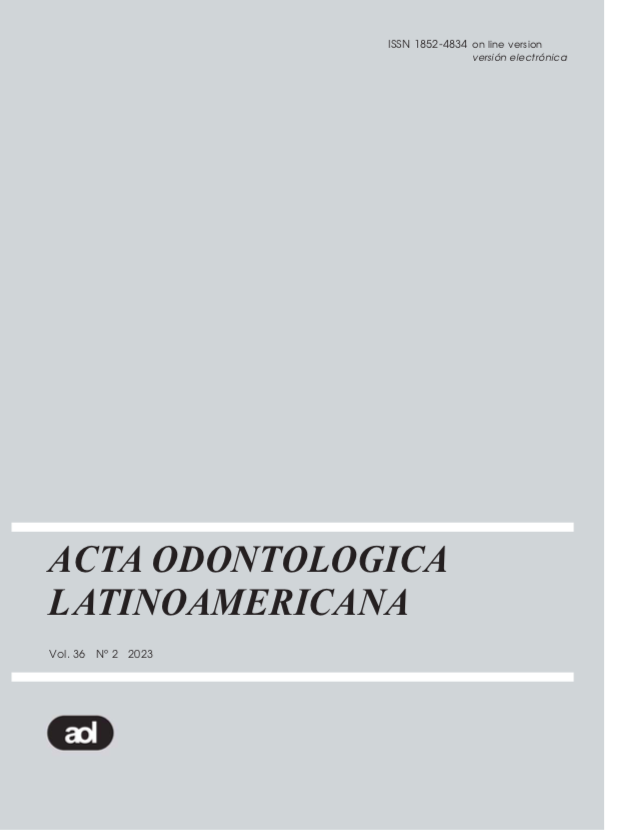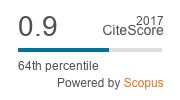Efficacy of Roncolab mobile application for diagnosing the primary sign of sleep-disordered breathing (snoring) in children
Abstract
Los trastornos respiratorios del sueño (TRS) son un grupo de padecimientos asociados con anormalidades respiratorias del sueño. Una de las manifestaciones más comunes es el ronquido; signo fácil de detectar por el ruido que emite y se considera como el signo principal. Este trastorno es característico del ruido respiratorio durante el sueño, sin apneas, hipoventilación, ni interrupciones del sueño. Este puede ocasionar disminución del porcentaje del sueño y aumentar los microdespertares, esto debido al esfuerzo respiratorio o al intercambio de gases. En la actualidad existen cuestionarios validados y adaptados para la población pediátrica útiles como herramienta clínica para el tamizaje y selección de pacientes que requieran pruebas de laboratorio. El Pediatric Sleep Questionnaire (PSQ) permite el cribado de TRS e identificación de signos primarios como el ronquido. RoncoLab es una aplicación móvil que registra y mide la intensidad y frecuencia del ronquido. Objetivo: Comparar la eficacia del diagnóstico del ronquido por medio del RoncoLab contrastado con el PSQ. Materiales y Método: Estudio observacional, analítico, en el cual se incluyeron 31 niños de 7 a 11 años, que acudieron a la clínica de odontopediatría de la Benemérita Universidad Autónoma de Puebla, México (BUAP) Se aplicó el PSQ a los 31 niños para el diagnóstico de TRS, después se le instruyó al tutor como descargar y utilizar la aplicación móvil para registrar los datos obtenidos en las horas de sueño en casa. El análisis estadístico de concordancia entre los instrumentos diagnósticos se realizó con el Índice Kappa de Cohen a un nivel de confianza del 95%. Resultados: El Índice de Kappa para la identificación de los ronquidos primarios fue de 0.743 (p<0.05). La sensibilidad de la aplicación fue de 0.92, mientras la especificidad fue de 0.82. Conclusión: Existe buena concordancia entre el PSQ y el RoncoLab en el diagnóstico de ronquido primario, con sensibilidad y especificidad aceptable.
Downloads

Downloads
Published
Issue
Section
License

This work is licensed under a Creative Commons Attribution-NonCommercial 4.0 International License.
This work is licensed under CC BY-NC 4.0






